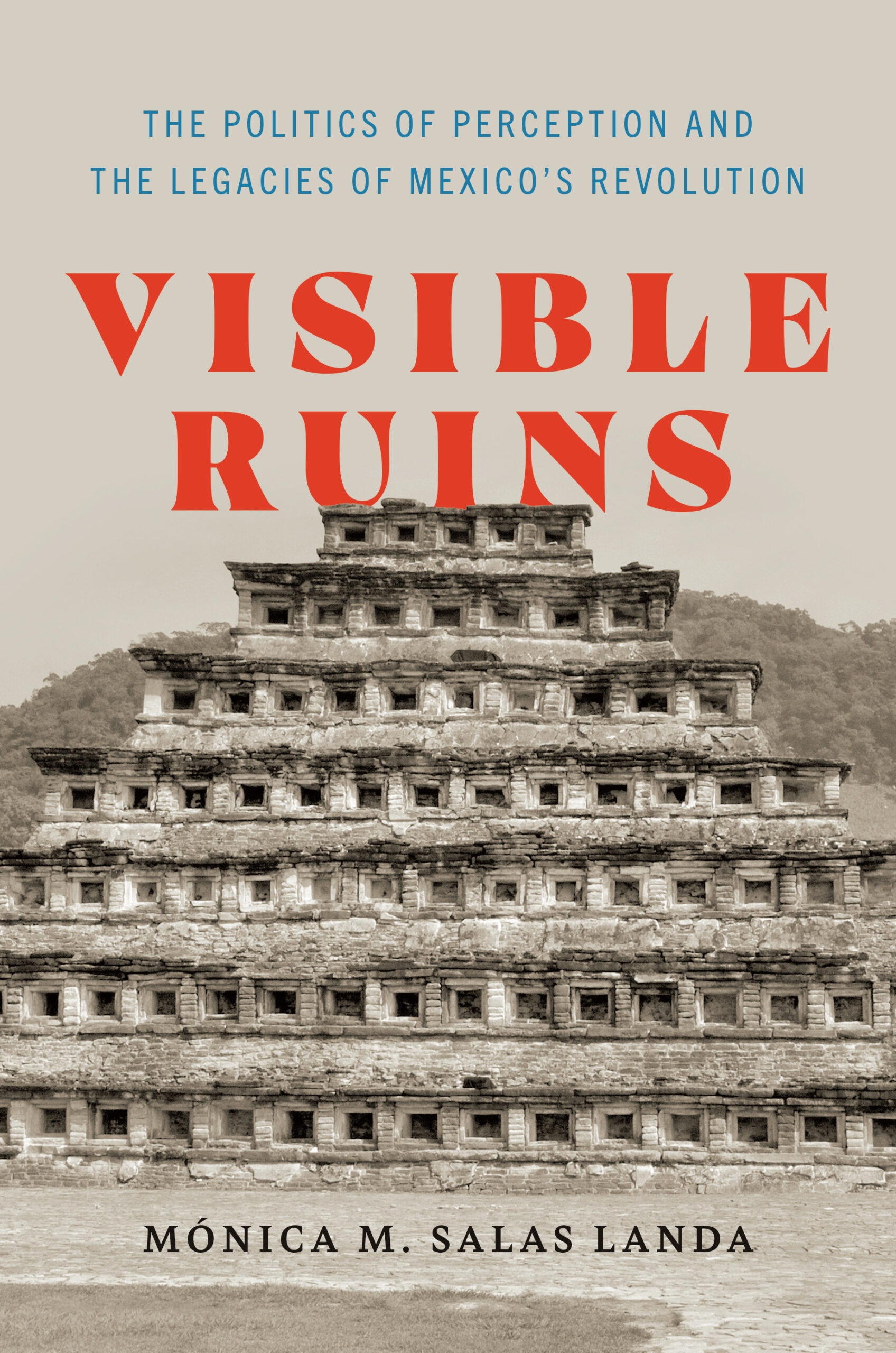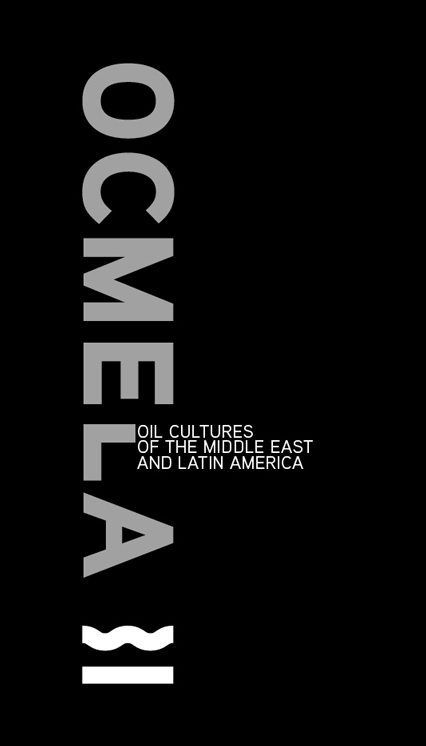I am primarily interested in the aesthetic dimension of politics, as outlined by Jacques Rancière. This interest lies in the state’s authority to envision and then create “a common world of perceiving” by redefining the borders between what is visible and what is invisible.
These concepts are central to my first book, Visible Ruins: The Politics of Perception and the Legacies of Mexico’s Revolution (University of Texas Press 2024). In this historical ethnography of the lowlands of northern Veracruz, I examine how the implementation of the so-called “project of the Revolution” through policies like agrarian reform, economic nationalism, and indigenismo fundamentally altered what was and is possible to see in the region.
I try to show how what is visible and what is not are the result of distinct political operations that are often carried out jointly and simultaneously to promote and hinder state control in various spaces. In doing so, visibility, rather than an immutable condition or a fixed “state effect,” is presented as the result of practice, and therefore as something vulnerable and contingent. Attending, then, to the politics of perception—that is, to the configuration and reconfiguration of governing modes of visibility—can help us uncover how unequal aesthetic orders are established, are disrupted, and also, as this book will make clear, persist, even after the governing regimes that institute them succumb.
I
Currently, I am working on my second book project, which also examines the politics of perception. Material Witnesses: The Forensic Archiving of Bones and the Animation of the Dead in Contemporary Mexico is an ethnographic investigation into the Mexican state’s handling of drug-related violence through the AM/PM database, a standardized forensic database developed to register, store, and transmit information about missing and deceased bodies. Conceived as a memory technology, the implementation of the AM/PM database raises questions about the stakes of knowledge production and memory shaping in contemporary Mexico. How are human remains reconfigured and materialized through forensic technologies and bureaucratic practices? How do these new measures render certain aspects of death visible or invisible? How does the AM/PM database affect individual and collective memory? As human remains navigate scientific and bureaucratic encounters, what possibilities do they enable, afford, provoke, or constrain?
By undertaking an excavation that does not begin with digging down but rather moving up through dissonant bureaucratic spaces and practices, my goal is to reveal how complex networks between the living and the dead are held together through multiple forensic socio-technical practices. I suggest that by focusing on the practices and techniques through which human remains are (or are not) reconstituted as persons, we can better understand not only current processes of mourning and historicization, silencing and assertion, but also the long-standing processes of normalizing violence.
In addition to working on my second book project, I continue to conduct research on ethnographic photography and the transnational production of indigenous alterity, and into the visual culture related to the oil industry in Mexico.
Specifically, my research on oil is carried out in collaboration with OCMELA (Oil Cultures of the Middle East and Latin America). This interdisciplinary and cross-regional research group aims to decenter the petroleum-dominated Global North paradigm, which has prevailed in energy humanities and studies on petrocultures and societies in the twentieth and twenty-first centuries.

Image Credit: Detail, Pirámide de los Nichos, 1924, Archivo Técnico del Instituto Nacional de Antropología e Historia, Mexico City, vol. I, 1924-1935, Tomo CXXV, Tajín, Estado de Veracruz.
